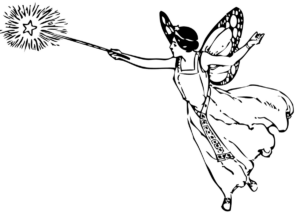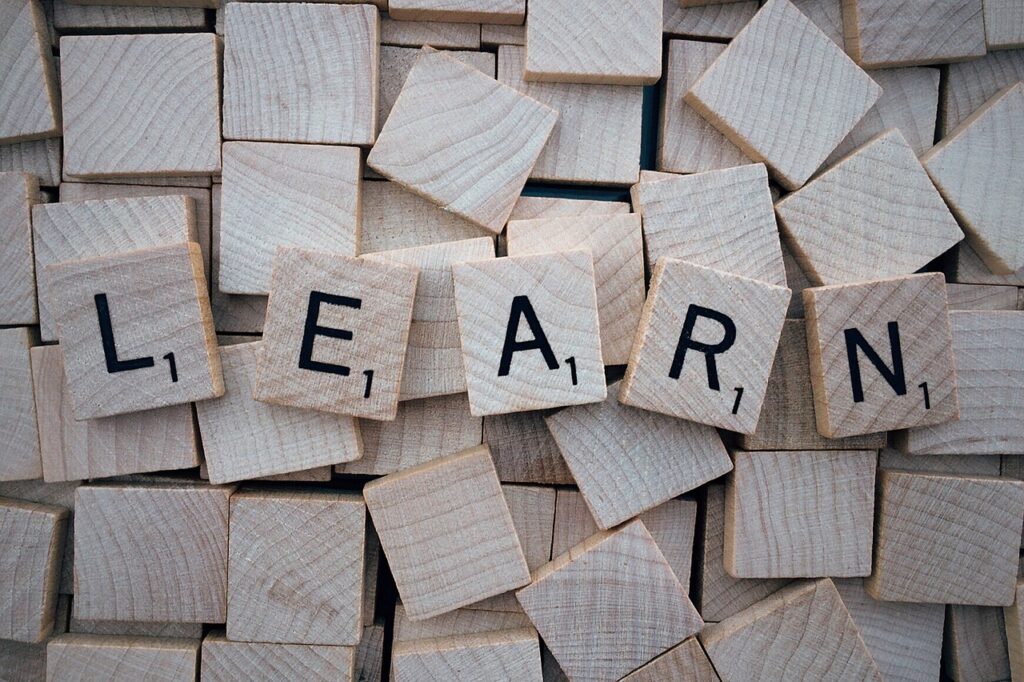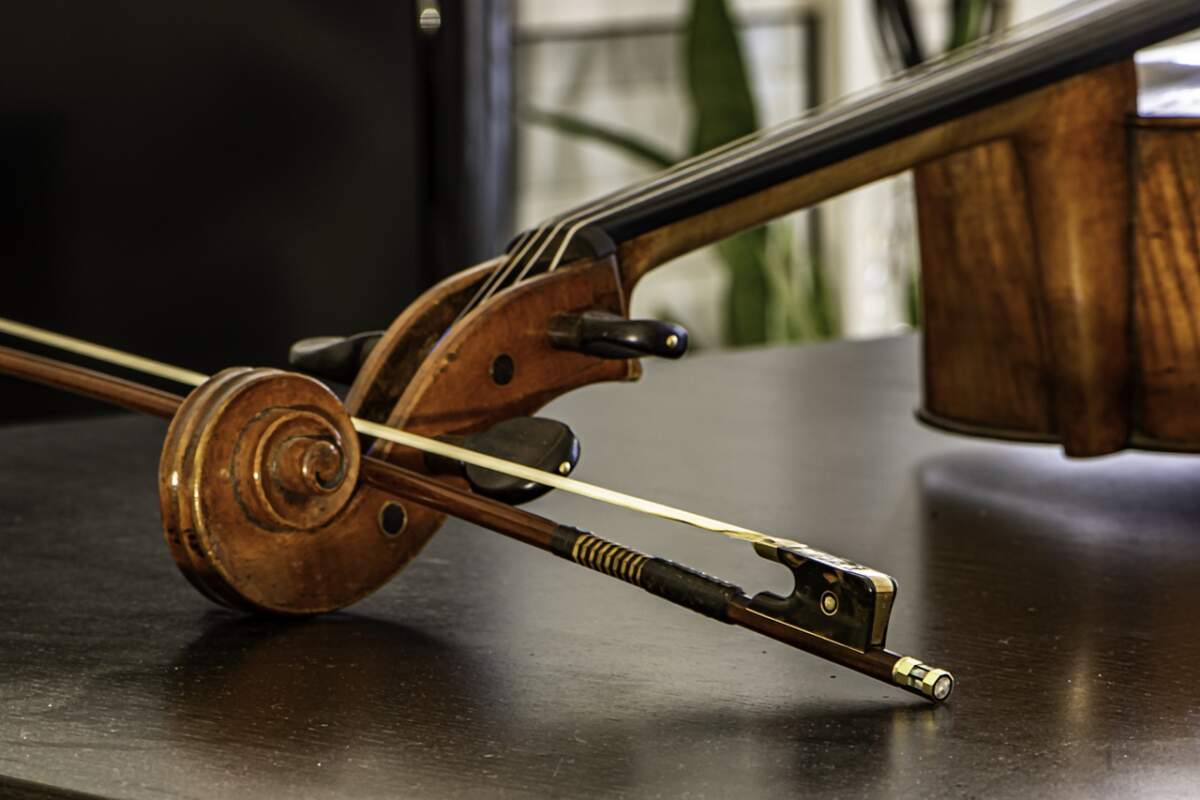Does repetition really improve your playing? If you played it wrong, just do it again…and again…and again. That should do the trick.
Think back on the last time you had a difficult section in a piece of music which you simply COULD NOT play well. Do you remember how that felt? Progress was likely at a standstill and you were getting more frustrated by the minute.
![]()
So how did you practice to improve your playing? Did you play it over and over assuming it would get better with each repetition? The more repetitions, the more improvement, right? That’s what many of us have been taught, so it must be the best way. Repeating stuff is a tried and true method. Your teachers have advised you to do this, and they’re the ones who know what they’re doing – so it’s gotta be the best way.
Except, repetition is only kinda right and it’s definitely NOT the best way to improve your playing.
Let’s tackle this by focusing on the detailed method you SHOULD be implementing when learning (and improving upon) a difficult passage of music.
Here are the practice steps which REALLY work:
- Start by selecting your trickiest passage, nothing too long. Maybe a couple of measures with several different technical issues – perhaps a rhythm you’re struggling with or a bowing issue or a shift you keep missing, or maybe some crazy fast notes. Be extremely specific about how long the passage is, making certain to place pencil brackets around it on your music.
- Get out your phone or laptop.
- Record yourself playing the passage. Don’t re-record. Just play it once. Get the down-and-dirty honest version.
- Listen intently. Put down your cello. Grab a pencil and your sheet music and listen to the recording.
- Make a list of 3 very specific things you would like to improve. We’re going to call those “bugs.”
 Your list should read something like this:
Your list should read something like this:- Fix the shift from the f to the Bb in measure 7.
- Fix the left hand articulation in measures 8-9.
- Fix the bow distribution in measure 10 .
- Don’t get sucked into trash-talking your performance (you know, “I’ll never be a good player, I sound awful, I’ll never get into the orchestra”). It’s a waste of your time, and also not true because you know why? It’s already a little bit improved!
- Chances are you heard more than 3 things you wanted to improve. For now, just choose the 3 that are the most problematic for you.
By listening to yourself objectively (I know, it’s hard) and making a specific list of things to improve, you’ve already done two things which repetition doesn’t achieve:
1) You’ve honestly heard how you sound.
2) You realized exactly what you need to fix.
Can you see how this is already better than the process where you know something isn’t right, so you play it a few times, or lots of times, until you feel like it’s improved?
Let’s break-it-down and start with your first “bug”.
Don’t pick up your cello just yet – simply think about the bug. Let’s say this first bug is a shifting issue.

Ask yourself some questions;
- What was wrong with it?
- What skills have I already learned so that I can play it better? If it’s shifting, am I pivoting from the shoulder and moving with the forearm?
- What was my thumb doing? Is it gripping the neck or loosely touching it?
- What position am I shifting to?
- Do I tend to over, or under shift?
Once you’ve done some good reflection, you’ll have more information about how to fix it. And you’ve also reminded yourself about this particular skill and all its components. Reviewing specifics like this in relation to fixing a targeted spot is practice MAGIC! ![]()
Now, let’s FIX your first problem spot! Pick up that cello.

- Relax your head and neck and shoulders. Breathe deeply a few times.
- Play the shift in your head. Hear the notes in tune and imagine the distance of the shift while you maintain a relaxed body.
- Now play the whole passage and record it again.
- How was it?
- Was it better than the first recording? No? Why?
Get specific again.

This is when you go into super-sleuth mode – gathering data, making a guess about what would work better, and trying again. Think about some additional things:
- Were you shifting too fast?
- Would it help to look at your fingerboard?
- Were you maintaining a relaxed shoulder?
Continue to repeat this process (recording and analyzing) until you hear significant improvement on the playback.
Then challenge yourself to 3 perfect repetitions.
Perfect repetitions should be as close to perfect as you can get them but they should not be at a performance tempo – just yet. You are simply working out these bugs.
Hold on a minute. Let’s stop and talk about “perfect” and what it really means.
Perfection is an ideal. It isn’t a real thing.

You will never play perfectly in tune all the time, or make every shift or play every note with exactly the right bow distribution every time. No. One. Does.
So when we say excellent or “perfect” repetitions, it means “as good as can be expected at your stage of development.” If you think you’re close but you can do better, then attempt a better version. But if you know that’s as good as you can do right now (given the skills you have and the technique you’re working to acquire), then let’s call that “perfect.”
By now, you may be wondering how you’re ever going to learn a whole piece if it takes this much effort to fix one shift. But keep in mind, something else is happening too; you’re having a good time learning because you ARE improving and you HEAR it.
It’s not a hope or a wish or a hazy idea about something wrong on line 2. It’s a definite, improved spot.

This whole process of ironing out a tricky spot (or bug) should only take about 7-10 minutes. (And If you’re going to practice more today, go on to another spot and try the same process.)
This is real work. It’s rewarding yet it can be exhausting.
If you’ve done all the steps and it’s still too hard, then you’re in over your head. If it’s super easy to fix and there isn’t anything else to work on in the piece, either you’re being too easy on yourself (go back to the recording) or the piece is too easy for you.
When practicing, we want to be working hard and thinking hard, but not so hard that we feel like we want to give up. It’s a difficult zone to describe. The more you do it, the more you’ll start to know when you’re in the zone of good, hard work – and all of those skills you’re building will start building on themselves. And then your teacher will have to start finding you harder and harder stuff to learn.
Good problem to have!
Now that you know repetition isn’t a great system to improving your playing, you should be able to make a better choice when it comes to selecting a great practice technique. You know that there IS a better method to improving your playing which WILL work and WILL move you past the standstill.
*If you want to read a really cool blog on all things practice, check this out.
*And if you want to watch a superb video on the subject, watch this.
*And if you want even MORE help learning how to practice effectively, read this.
Happy practicing!

This blog was co-written by Carolyn Hagler & Martha Carapetyan




